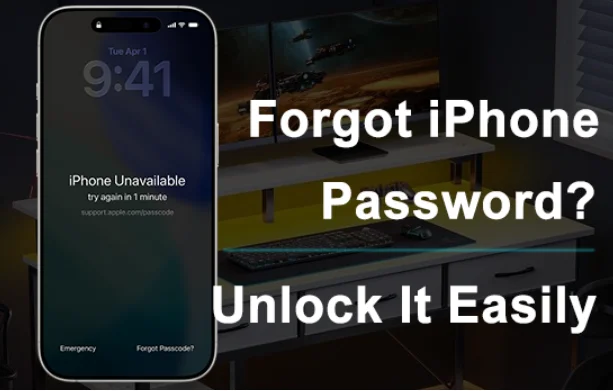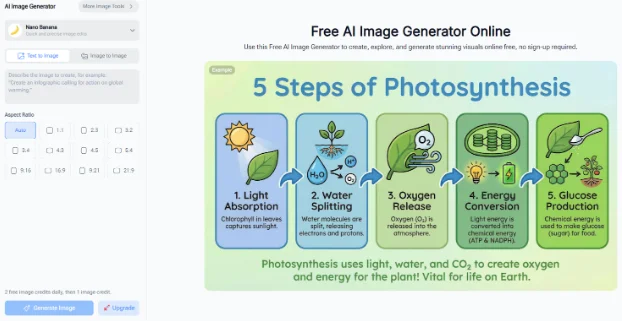10 Innovative Mobile App Features Shaping NYC Startups—And How to Build Them

Startups in New York City launch movements. In a market where speed and innovation win, your app’s feature set can make or break your growth trajectory. Whether you’re targeting busy commuters on the subway or trend-savvy Gen Z users in Brooklyn, the bar is sky-high and rising.
So what sets successful NYC apps apart? It’s not just sleek design or solid code. It’s about building the right features for your audience, features that meet user expectations before they’re even voiced.
In this guide, we’ll break down ten innovative features that are shaping how New York startups build smarter, faster, and more engaging mobile apps.
Hyper-Personalization with AI
If your app treats every user the same, you’re already behind. In NYC’s ultra-competitive market, startups are leaning hard into AI-driven personalization and users are responding.
From fitness apps that adjust routines based on your daily step count to shopping platforms that suggest products based on style preferences and in-app behavior, smart personalization builds loyalty fast. It’s not just convenient, it feels like the app gets you.
Behind the scenes, these features rely on a mix of real-time data tracking, behavioral segmentation, and machine learning models that predict what users want next. The payoff? Higher engagement, better retention, and a direct path to monetization.
Voice-Activated Interfaces
While AI powers personalization behind the scenes, voice technology is changing how users interact with apps in real time. For NYC startups aiming to streamline user experiences, especially in fast-paced or hands-free scenarios, the voice-activated interfaces are a game-changer.
Think healthtech apps that let patients log symptoms by speaking, or delivery platforms that drivers can navigate without touching the screen. Even productivity tools are adopting voice commands to create a smoother, more intuitive workflow.
Integrating voice UX requires thoughtful design such as natural language processing (NLP), fallback intents, and clear visual feedback. These are all essentials. But when done right, it elevates your app from “useful” to effortless.
Instant App Features
Not every user is ready to commit. That’s why NYC startups are turning to instant app features like lightweight, no-download experiences that let users try your product before installing anything.
Whether it’s testing out a key function, previewing a content feed, or completing a one-step signup, instant apps reduce friction and build trust fast. And in a city where time is money, giving users a “try before you buy” experience can boost conversion rates dramatically.
From a technical standpoint, these features require modular development and smart caching. But with the right planning, they become a powerful gateway into your full app ecosystem like offering a free sample before the first bite.
Offline Functionality
Instant access is powerful but what happens when the signal drops?
For NYC users navigating dead zones on the subway or working in buildings with poor reception, offline functionality can make or break the user experience.
While instant apps remove the download barrier, offline features remove the connectivity barrier. Think note-taking apps that sync later, finance tools that let users check recent transactions without Wi-Fi, or delivery apps that queue actions until service resumes.
Implementing offline functionality takes more than local storage—it requires smart sync logic, conflict resolution, and clear UX cues to show what’s saved and what’s pending. But in a city that never sleeps (and never stops moving), this kind of reliability sets your app apart.
Gamification for Engagement
Keeping users interested is just as important as getting them through the door and gamification is how NYC startups are turning casual users into power users.
Whether it’s fitness apps rewarding daily step goals, fintech platforms offering badges for budgeting milestones, or language apps tracking streaks, gamified elements tap into our psychology. They encourage progress, create habits, and when done well, it will make using the app feel fun instead of functional.
The key is subtlety. You don’t need to build a full game.
Just adding progress bars, challenges, or tiered rewards can significantly increase retention. Think of it as the dopamine loop that keeps users coming back especially in an attention-scarce environment like New York.
Real-Time Collaboration
If gamification keeps users engaged solo, real-time collaboration turns your app into a shared workspace like something NYC’s remote teams, co-founders, and creative collectives are actively seeking.
From shared whiteboards and co-editing tools to live project trackers and synced calendars, these features power the teamwork that fuels so many startups. And in a city where everyone’s juggling multiple roles and timelines, being able to move together in real time isn’t just convenient—it’s essential.
Tech-wise, you’ll be looking at WebSocket connections, optimistic UI updates, and version control safeguards. Done right, the experience should feel seamless even when five users are editing the same task at once.
Augmented Reality (AR) Integrations
While real-time collaboration connects people, augmented reality connects the digital world to the physical one, making it a standout feature for NYC startups in retail, real estate, fashion, and beyond.
Imagine letting users preview how a couch fits in their Brooklyn studio before buying, or offering a virtual try-on experience for a Soho sneaker brand. AR transforms user interaction into something immersive, visual, and instantly engaging.
Implementation requires more than just flashy overlays, it demands thoughtful UX, accurate object tracking, and stable performance across devices. But when executed well, AR can set your app apart in a market where standing out is everything.
Seamless Payment & Wallet Features
Immersive experiences are great but they need to convert. For NYC startups in ecommerce, fintech, and service delivery, seamless payment systems are mission-critical.
Today’s users expect checkout to be fast, secure, and frustration-free. That means one-tap payments, stored cards, biometric authentication, or even crypto wallet integrations. If your app makes people dig for their credit card or re-enter info, you’re losing business.
The challenge? Balancing frictionless UX with airtight security. That’s where smart tokenization, PCI-compliant processing, and tools like Apple Pay or Stripe APIs come into play. Nail this feature, and you’ll boost both conversions and user trust—two things you can’t afford to miss in New York’s competitive landscape.
Location-Aware Intelligence
New York is a city of neighborhoods and the more your app understands that, the better it can serve its users. Location-aware intelligence lets startups deliver hyper-relevant experiences based on where users are right now.
Think food delivery apps that adjust menus based on borough, or fitness platforms that recommend nearby classes in real time. Geo-fencing, beacon triggers, and smart notifications can make an app feel like it belongs in the user’s daily life—not just on their phone.
From a technical angle, this means blending GPS data with context-aware logic while being mindful of battery usage and privacy compliance. For NYC users, this level of local relevance isn’t just a perk. It’s expected.
Built-In Feedback Loops
Want to build an app users actually love? Ask them.
NYC startups that scale fast are the ones that listen early and that’s where built-in feedback loops come in.
From simple in-app surveys and star ratings to more advanced tools like session replays or contextual “Was this helpful?” prompts, these features give users a voice and product teams a pulse on what’s working (and what’s not).
Embedding feedback directly into the app experience shortens the feedback cycle and helps teams iterate quickly without waiting for app store reviews or support tickets. In a market as dynamic as New York, speed of insight can be your edge.
Having the right features is only half the battle. Building them scalably, securely, and with the user experience NYC expects, it’ll take expertise.
That’s where the right partner comes in. If you’re ready to bring these innovations to life, working with a seasoned mobile app development company in New York can save you time, money, and countless iterations. From prototyping to post-launch support, the right team helps you move fast without cutting corners.
At AppMakers LA, we specialize in turning ambitious ideas into polished, high-performance mobile apps. Whether you’re building your first MVP or scaling to thousands of users, we bring the technical know-how and product instincts to get it right.
Why NYC Startups Can’t Afford to Play It Safe
New York doesn’t reward hesitation, it rewards bold ideas executed flawlessly. In a startup scene where users expect instant value and intuitive design, the features you choose aren’t just nice-to-haves—they’re your competitive edge.
Whether it’s adding real-time collaboration, offline resilience, or a splash of AR, these innovations aren’t about chasing trends—they’re about building better experiences, faster. And the right development partner can help you do just that.
If you’re ready to turn your app concept into something New Yorkers actually use (and rave about), let’s talk. Your next launch could be the one that sets the standard.

The Connection Between Accounting Firms And Regulatory Compliance

Why Smart Startups Choose Custom AI Business Solutions Today

How to Optimize Business Operations with Vending Machines in Australia

The Digital Lifeline: How Technology is Revolutionizing Addiction Recovery

From Clicks to Clients: Why Trust-First Local SEO Wins the Long Game

Forgot Your iPhone Password? Here’s How to Unlock It Easily

How Strikes and Step Through Bikes Are Using Tech for Better Range

NoteGPT AI Image Generator: Transforming Branding and Marketing








